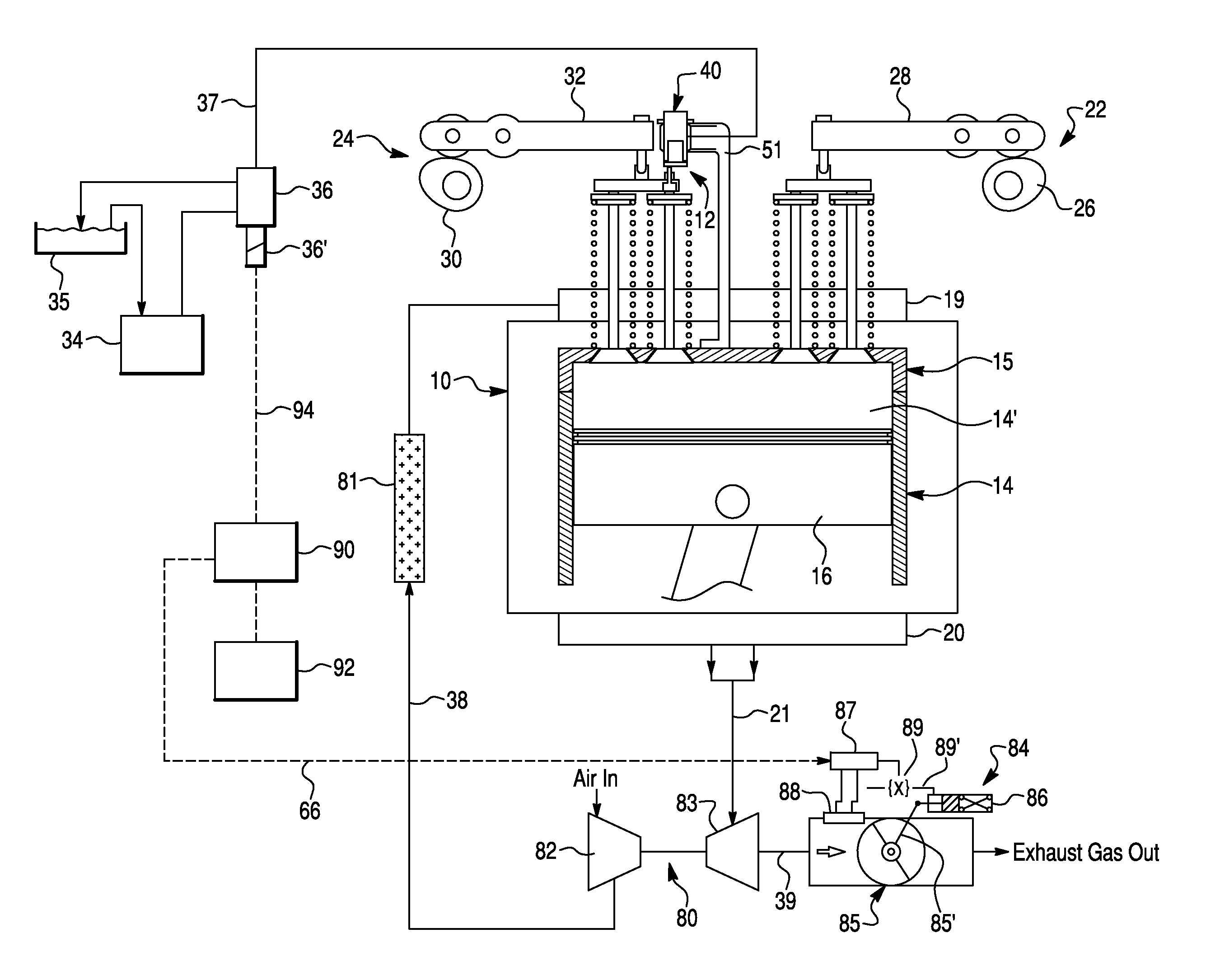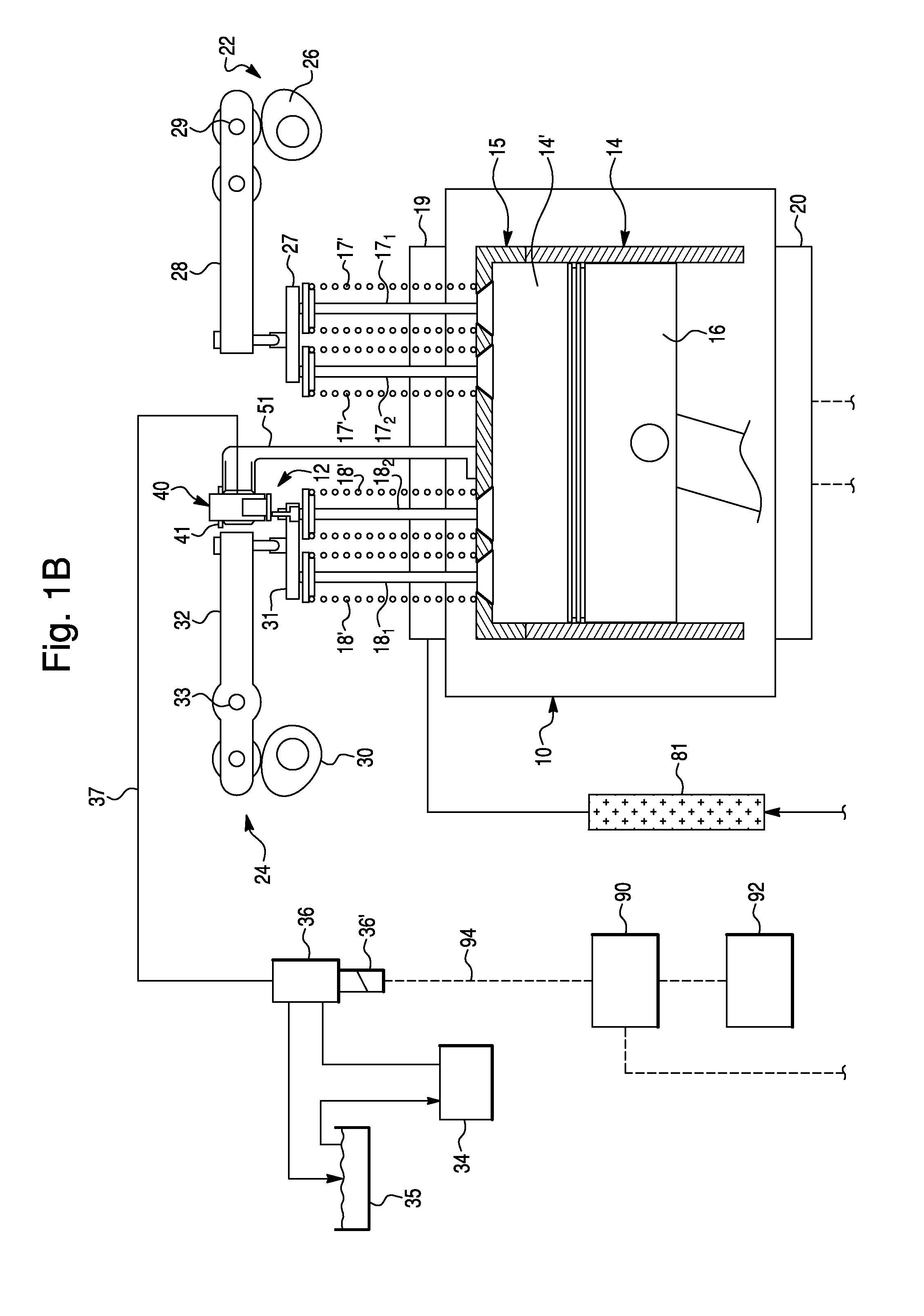Self-contained compression brakecontrol module for compression-release brakesystem of internal combustion engine
a technology of internal combustion engine and control module, which is applied in the direction of machines/engines, output power, non-mechanical valves, etc., can solve the problems of engine braking, engine retardation, engine blow-down of compressed cylinder gas, etc., to reduce engineering and component cost, reduce engine braking, and compact
- Summary
- Abstract
- Description
- Claims
- Application Information
AI Technical Summary
Benefits of technology
Problems solved by technology
Method used
Image
Examples
Embodiment Construction
[0036]The preferred embodiments of the present invention will now be described with the reference to accompanying drawings.
[0037]For purposes of the following description, certain terminology is used in the following description for convenience only and is not limiting. The words such as “front” and “rear”, “left” and “right”, “inwardly” and “outwardly” designate directions in the drawings to which reference is made. The words “smaller” and “larger” refer to relative size of elements of the apparatus of the present invention and designated portions thereof. The terminology includes the words specifically mentioned above, derivatives thereof and words of similar import.
[0038]FIG. 1 schematically depicts a compression-release (or weeper) brake system 12 according to a first exemplary embodiment of the present invention, provided for an internal combustion (IC) engine 10. Preferably, the IC engine 10 is a four-stroke diesel engine, comprising a cylinder block 14 including a plurality o...
PUM
 Login to View More
Login to View More Abstract
Description
Claims
Application Information
 Login to View More
Login to View More - R&D
- Intellectual Property
- Life Sciences
- Materials
- Tech Scout
- Unparalleled Data Quality
- Higher Quality Content
- 60% Fewer Hallucinations
Browse by: Latest US Patents, China's latest patents, Technical Efficacy Thesaurus, Application Domain, Technology Topic, Popular Technical Reports.
© 2025 PatSnap. All rights reserved.Legal|Privacy policy|Modern Slavery Act Transparency Statement|Sitemap|About US| Contact US: help@patsnap.com



